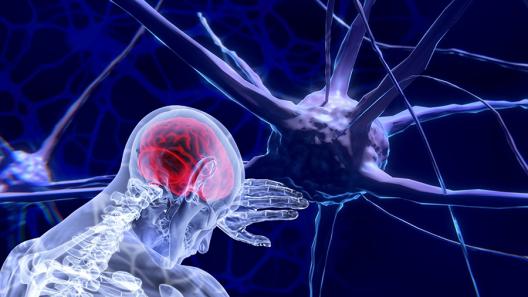Neuroscience

How does the nervous system develop? What is the structure and role of the nervous system? How is the nervous system affected by various types of disease? Neuroscience aims at answering such fundamental questions through rigorous exploration of the architecture and function of the brains in a variety of species. There are many subfields within neuroscience that study different components of the overall problem, ranging from neuroimaging (medical imaging of the human brain) to social neuroscience (relationship between neural processes and social behavior). The study of the human brain occurs at many scales. Understanding the structure and function of neurons, and how they transmit information, is of broad interest in neuroscience. Many researchers have been concerned with functional connectivity in the brain, and the processes involved in communication across different parts during rest or basic tasks At the same time, many focus on trying to understand the effects of various neurological and psychiatric diseases on the structure of the brain, e.g., shape of the hippocampus, structural connectivity or cortical thickness. This is often done via different structural imaging modalities such as Diffusion Tensor Magnetic Resonance Imaging. In order to tackle these challenging problems, there is a clear need for involvement of the mathematical and statistical communities to develop formal mathematical and statistical models that are able to quantify structural and functional variability at these different scales.
